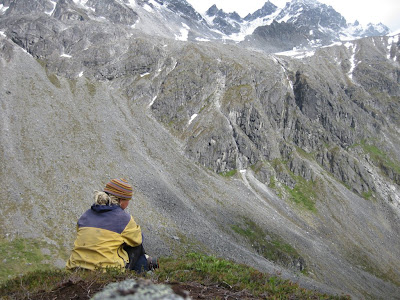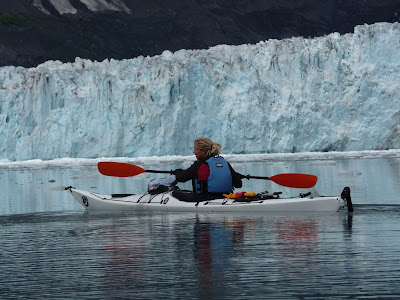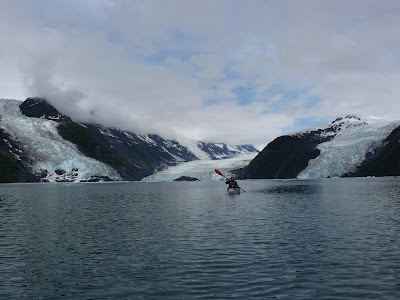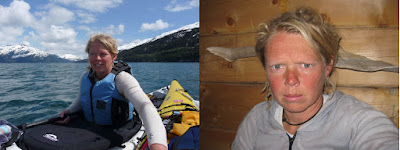84 miles north of Fairbanks the Dalton highway starts, also called the Haul road, made for truckers hauling equipment to the North Slopes. With almost no services along its 414 miles stretch, and mostly consisting out of gravel, it’s a little bit intimidating for me. It however never leaves the pipeline out of sight and its the only way north, and that is where I wanna go.

The road starts with mile 0, in the Boreal forest which circles the northern hemisphere and by doing so making it the largest ecosystem in the world.

Wild fires, feeding the new cycle of life, and the depth of the permafrost dedicate this landscape. On north slopes with less sun, the permafrost will be closer to the surface, providing less soil for vegetation. South slopes and rivers valleys do the opposite, they providing more soil. Its makes a very diverse landscape and interesting to travel through.

At mile 56 I cross the mighty Yukon river, 3200 km long and the natural highway for centuries. There are almost no access points to the Yukon and I am impressed to see it here. I top off my tank and help some mosquitoes to their next life. The next gas station is in 123 miles and then there are 240 miles without any.
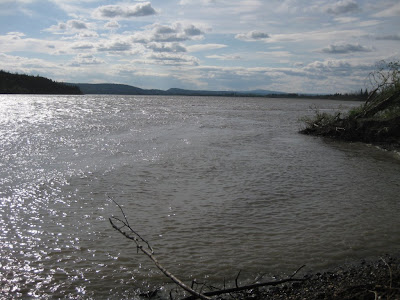
The road climbs slowly up to Finger mountain at mile 98. And with the trees left below me the views are immense.

I walk around and boulder a little bit on Finger rock. In the mean time enjoying the breeze who keeps all the mosquitoes away.
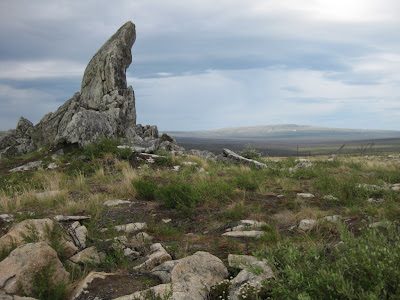
At mile 115 I cross the Arctic Circle and with solstice around the corner, the sun doesn’t do her thing anymore. She just rotates around my head with no indication of time or direction anymore. Its confusing and late at night, or early morning, or what ever time it is that people are suppose to sleep, I am laying in bed reading a book.

The road continues and starts climbing into the Brook Range. There are only a few actual glaciers left here, but its obvious the landscape was once formed by them. Wide U-shape valleys are opening up to me and dramatic views of the mountain range are changing after every corner I take. I love this country, this is nature in its best.
At mile 244 I reach the Atigun pass (1422m) and start descending towards the North Slope.

Mile 275 and I pop-out of the Brook Range and see the wide slowly downwards tilted roles of the North Slope. There is still no oil fields in sight, just wetlands all around me.
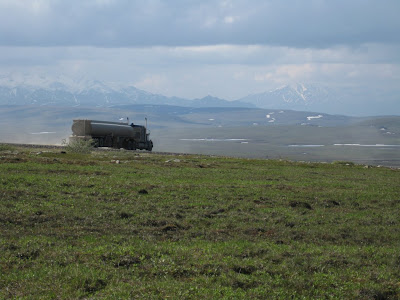
This high north the permafrost is just below the surface and only tough, ground-hugging plants can survive the frozen ground, frigid temperatures, icy winds and weak sunlight. This country is empty, except from the pipeline and the road, there is no indication of any civilization. If I would head east or west for hundreds of miles I would not see any human. This is wild country, the way it supposes to be.
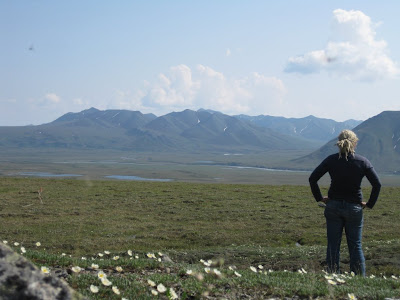
The low precipitation here would not explain all these wetlands around me, but the permafrost does. Water simply does not drain into the sealed ground and creates mosquito heaven, people’s hell.

The land flattens out at mile 355 and the Coastal Plane lays in front of me, I feel home.
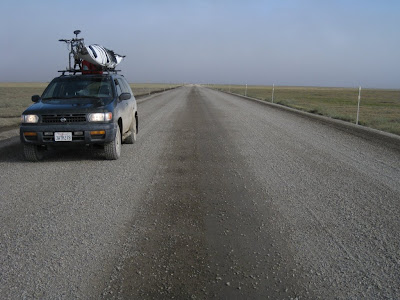
Well, except for lack of church towers in the distance indicating a little village and the muskoxen and caribous I stumble upon are also not real familiar.

Its amazing to see all this wildlife from up close. All kind of birds flying over feasting on all the mosquitoes, mosquitoes flying over feasting on me. But this last part kind of doesn’t matter, because there is so much to see, to feel, to enjoy.
And then I finally reach the industrial camp that supports the Prudhoe Bay oilfields at mile 414, Deadhorse. Its foggy, cold, people live in containers and I can see oil pumps all around me. There is no place for nature here. The “town” has a wrong feeling to it, the mostly man, living here are working and time to play will have to wait until they return to their villages, to their family. I fill up my tank straight from “the source” and turn the nose of the car towards the road I came from. 240 miles to the last gas station, 414 miles to the beginning of the road, 500 miles to Fairbanks. And with the knowledge I am going to see all of it again. It feels good.
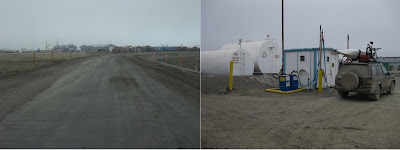
Nature or Development, I still don’t know.
It will be hypocritical for me, traveling by car instead of my bike, to say gas is not needed. The pipeline and its haul road gave me the opportunity to see this part of the country. It will be unfair to say to all these people trying to make a living in Alaska by working at the North Slope, go home. And I rather have the USA providing its own gas, instead of fighting a war over it in Iraq.
On the other hand, what about the oil spills, do we really know the impact of all this development in such a delicate environment, what are the long term effect? I strongly believe we should look for alternative resources to fulfill our addiction. We have to save some pristine nature in this world, we have to decrease our impact on this planet. We have to do a better job then we do now.

As far as the North Slope, it’s the balance between Nature and Development, and I do not know how the scale reads in this case. I simply don’t know.





